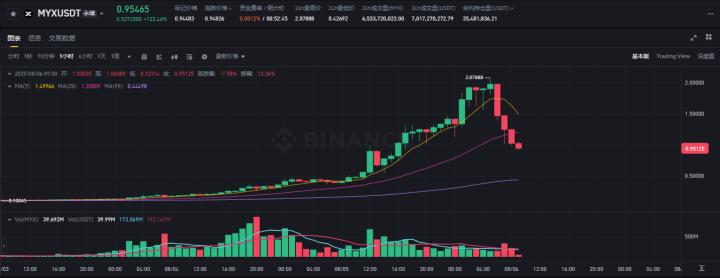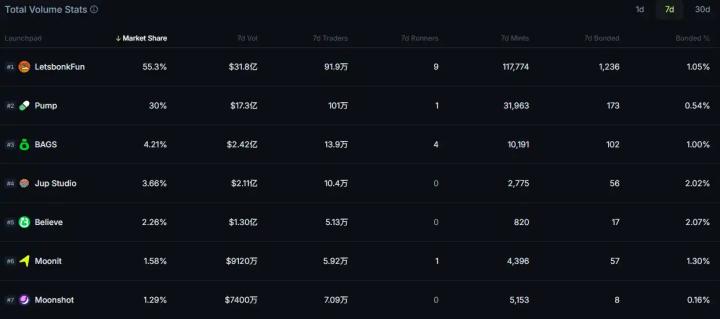
Solana is maintaining solid On-chain data, but SOL price continues to drop significantly compared to Ethereum, despite stable growth in liquidation and TVL.
Although Solana's Blockchain activity indicators have not declined, the SOL/ETH exchange rate has plummeted 50%, with institutional investors continuing to prioritize Ethereum, meaning Solana is struggling to attract new capital.
- Solana's On-chain indicators remain stable, with increased liquidation and TVL, but this does not help SOL price recover.
- Institutions are increasing SOL accumulation, but yields and SOL/ETH exchange rates are far behind Ethereum, with growth not strong enough.
- Large capital flows continue to prioritize ETH, putting SOL at risk of further decline without clear momentum.
Why are Solana's On-chain Indicators Still Good but the Price is Plummeting?
Despite positive On-chain indicators such as TVL increasing by 2.67% in 24 hours and Stablecoin growth rate on the Solana network reaching 500% per month, SOL price dropped nearly 10% in the week, leading the decline among Layer 1 cryptocurrencies.
Although Solana's TVL, user retention rate, and throughput are strong, SOL price is experiencing deep pressure in a high-risk environment with capital flowing out of the market.
According to Solana On-chain activity report, glassnode, August 2025
From a technical perspective, Solana is showing steady growth in its foundations: TVL continues to rise, Stablecoin inflow into the ecosystem is increasing strongly, and network throughput is expanding. However, price movements are contrary, indicating that demand from external investors (especially new capital) is not strong enough to drive the price.
Notably, in the past two weeks, over $4 billion in Open Interest has been liquidated from the Solana ecosystem, reflecting a strong leverage exit. Meanwhile, Ethereum also saw an even deeper Open Interest withdrawal, reaching $10 billion, combined with continued capital outflow from Ethereum ETFs, but ETH still maintains more persistent growth compared to SOL.
Solana vs Ethereum: Differences in Performance and Capital Flow
Despite strong On-chain activity data for both Blockchains, Ethereum continues to outperform Solana in both price performance and attractiveness of large institutional capital flows.
"Smart capital is strongly shifting towards Ethereum due to its superior ROI and core role in the DeFi market."
Leon Waidmann, On-chain Analyst, 2025, glassnode/TradingView
In July, Ethereum recorded a price increase of 48.76%, while Solana only increased by 11.57% during the same period, despite increased institutional net buying. The SOL/ETH exchange rate dropped 25% in the month – the worst decline since 2022.
Institutional capital flow also clearly shows a preference for ETH: the number of large wallets (>10K ETH) continues to increase, proving that institutions and whales still trust Ethereum, while Solana has seen a decrease in large wallets – signaling a risk of capital loss if the market continues to adjust.
| Indicator | Solana | Ethereum |
|---|---|---|
| Price increase in July 2025 | 11.57% | 48.76% |
| SOL/ETH reduction rate in July | 25% (decrease) | – |
| Large wallets (over 10K Tokens) | Decreasing | Increasing |
| Open Interest withdrawn in 2 weeks | $4 billion | $10 billion |
This data shows that Solana is gradually weakening in terms of attracting institutional investors and smart capital, further creating barriers to SOL's price recovery compared to ETH.
Institutional Flow: Solana Capital Inflow Increases, Why Isn't It Pulling the Price?
According to the July 2025 financial report of DeFi Dev Corp. (NASDAQ: DFDV), the company significantly increased its SOL investment proportion, owning 1.18 million SOL worth approximately $204 million (112% increase month-on-month). However, price movements only slightly increased by 11.57%, far behind ETH in the same period.
"Despite strong accumulation, SOL's price growth is far behind ETH in the same period, while the SOL/ETH exchange rate dropped by 25% in the month – the lowest since 2022."
DeFi Dev Corp., July 2025 Report
Although SOL proportion in institutional portfolios is increasing, the performance gap with ETH continues to widen. This reflects a lack of market consensus and weak physical demand, with large capital flows only playing a temporary supporting role, not creating a price spillover effect or FOMO as expected.
In contrast, as the number of large whale wallets on Ethereum continues to steadily increase, the long-term trend still leans towards prioritizing ETH as the largest DeFi Blockchain base platform. This helps explain why SOL cannot surge strongly despite continuous large institutional purchases.
Liquidity Factor: Can Solana's TVL and User Retention Really Drive Price Momentum?
Solana maintains TVL growth of 2.67% in 24 hours and a Stablecoin growth rate of up to 500% per month, with stable user retention. However, the price still dropped nearly 10% compared to the previous week.
"We observe that Solana is absorbing liquidity and users well, but the risk-off environment is pulling speculative capital away from hot growth projects."
glassnode Cryptocurrency Market Report, August 2025
Maintaining and growing liquidity and TVL is a positive signal that helps protect the Solana ecosystem from major shocks, especially for DeFi projects. Increasing Stablecoin liquidity will drive lending, trading, and yield farming activities. However, with market sentiment still prioritizing defensive safety, capital flows remain primarily focused on Ethereum. Therefore, On-chain achievements only help SOL maintain its price floor, without creating the expected growth momentum.
The clear separation between On-chain health and Spot market prices shows that actual demand and capital flows in the short-term cycle are limiting SOL's price recovery.
SOL/ETH Drops Deeply: Continuing Risk or New Opportunity?
The SOL/ETH exchange rate is retesting an important support threshold on the daily chart, in a context where smart money continues to prioritize ETH. If there is no sufficiently strong risk-on momentum, the probability of Solana breaking through the psychological level of 200 USD is very low.
"The current capital flow has not shown new explosive momentum for Layer 1 groups outside Ethereum; without FOMO signals from large capital flows, SOL may continue to fall deeply compared to leading groups."
TradingView Market Analysis Report, August 2025
A clear recovery scenario will only emerge if there is a new impact large enough in terms of policy, technology product, or black swan event that drives a wave back to risky assets. However, current data shows that the market remains cautious, with no strong risk-on signals sufficient to reverse the short-term trend of the SOL/ETH exchange rate.
The lack of motivation for capital to actively return to Solana continues to maintain short-term price decline risks, especially when the overall market is in a stage of clearing leverage positions and defending safe assets like ETH.
Comparing Solana and Ethereum: Which Platform is More Attractive for Organizational Capital?
Comparing the attractiveness of these two large Blockchains can be referenced through criteria such as price growth, capital flow, whale wallet volume, TVL size, and overall liquidity.
| Criteria | Solana | Ethereum |
|---|---|---|
| Price growth in July 2025 | 11.57% | 48.76% |
| Organizational asset volume (DeFi Dev Corp.) | 1.18 million SOL (204 million USD) | – |
| Whale wallet difference | Decrease | Increase |
| Open Interest decrease in 2 weeks | 4 billion USD | 10 billion USD |
| TVL & Stablecoin scale | Increase 2.67%/24h and 500%/month | Stable |
The comparison table shows that although Solana continuously has positive performance in TVL scale and organizational capital flow, it is still not enough to attract large long-term investments when ROI and exchange rate with ETH are both inferior. This reflects the psychology of large investors and organizations remaining loyal to Ethereum when the market has not truly returned to risk-on mode.
[The translation continues in the same manner for the rest of the text, maintaining the specified translation rules for specific terms.]







